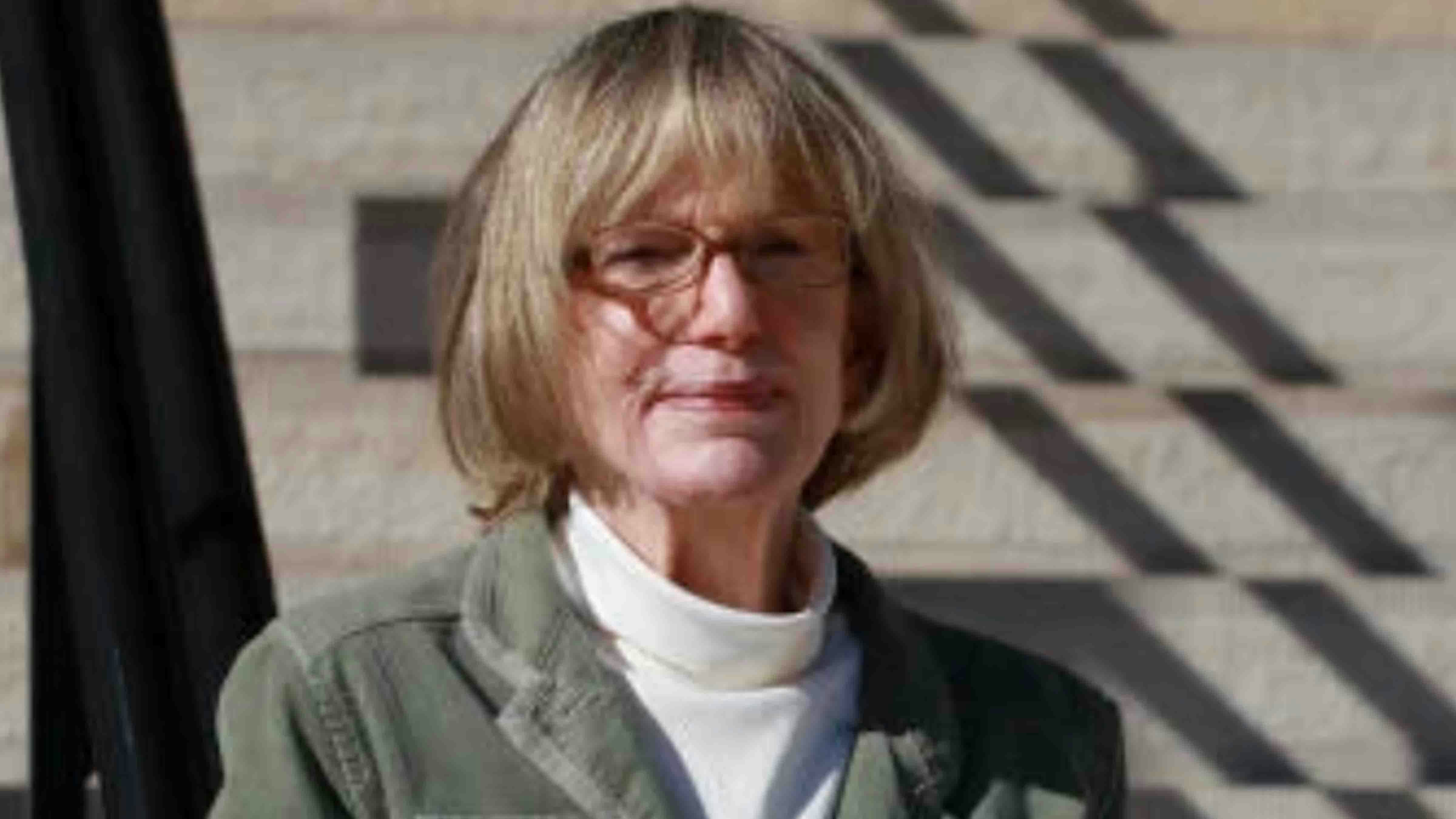Driving between Cody and Powell, the landscape stretches wide and quiet. Off to the north, the low ridge of Heart Mountain rises out of the plains like a steady heartbeat in stone.
It's a beautiful place, which makes what happened there harder to reconcile.
Inside the Heart Mountain Interpretive Center, the exhibits are simple but powerful: photographs of families smiling for the camera though their homes were stripped away, letters written by children describing the dust and cold, and the stories of parents determined to make life seem normal behind barbed wire. They built schools, planted gardens, and tacked curtains to thin wooden walls to make a room feel like home.
Heart Mountain was one of ten incarceration camps where more than 14,000 Japanese Americans were held during World War II. They were forced to leave their homes and sent here under Executive Order 9066.
The camp's remains sit quietly between two Wyoming towns, reminders of how quickly fear can override law and how ordinary people can lose everything under the banner of national security.
The government called it relocation. The truth is that it was incarceration—without trial, without evidence of wrongdoing, and without due process. Families lost property, businesses, and dignity.
The Supreme Court upheld it in Korematsu v. United States, a decision later condemned as wrong but never forgotten by those who lived through it.
The euphemism of "military necessity" became a legal shield for racial prejudice. It should remain a warning to all of us about the fragility of liberty when fear takes charge.
Standing in the Center, I thought of visiting Dachau twenty-five years ago—the quiet weight, the exhibits making real the Holocaust's scope, the gut-wrenching walk to the crematorium.
Yet driving away, I felt strangely uplifted: If we can survive this, we can survive anything.
Heart Mountain was not Dachau. The German camps were built for extermination, not control. Yet both began from the same seed, dehumanization.
The Germans have made their reckoning mandatory. Every German student visits a concentration camp. Monuments and museums tell the truth without softening it.
Their commitment to remembrance built a civic culture where denial is illegal and silence is shameful.
In the United States, our reckoning came slower. Congress issued a formal apology and reparations decades later, but for too many Americans the story remains a footnote in the war that defined a generation.
The Heart Mountain Interpretive Center keeps it alive, as does the Mineta-Simpson Institute that now stands nearby. It honors Alan Simpson, the boy from Cody, and Norm Mineta, the boy behind the fence, who met on a baseball field and became lifelong friends. Their bond, rooted in decency and respect, carried them into the halls of Congress, where they worked together to repair what their country had broken.
The Institute now teaches empathy, courage, and cooperation so the next generation can build something stronger than walls.
What happened at Heart Mountain is difficult to teach. It forces us to confront choices our own government made and to see how ordinary citizens looked away.
But if students never study those choices, how will they recognize similar patterns? Teaching hard history is not about blame; it's about preparation.
When young people understand what fear and rumor can do to a democracy, they are better equipped to protect it. Wyoming classrooms, like Wyoming families, are capable of that kind of strength.
Psychiatrist Viktor Frankl, a survivor of Nazi camps, wrote that while we cannot choose our circumstances, we can choose our response. That is where meaning lives.
The people at Heart Mountain embodied that truth. They built gardens in dust, published a newspaper in defiance of despair, volunteered for military service, and filed legal challenges to reclaim their rights. Some resisted the draft until those rights were restored. All of them chose dignity over bitterness, community over collapse.
Their lesson belongs to every generation: freedom is not self-sustaining. It requires citizens willing to remember, to teach, and to act.
Visit Heart Mountain with your children or grandchildren. Walk the grounds. Listen to the voices that echo there. Support the Mineta-Simpson Institute, the local museums and libraries, and the teachers who keep these stories alive through primary sources and honest discussion.
The heart of Wyoming beats strongest when we face our history squarely. The fences are gone, but the responsibility remains: to choose our response, to shoulder our part of the story, and to guard against the next time fear tries to write the rules.
Gail Symons can be reached at: GailSymons@mac.com






